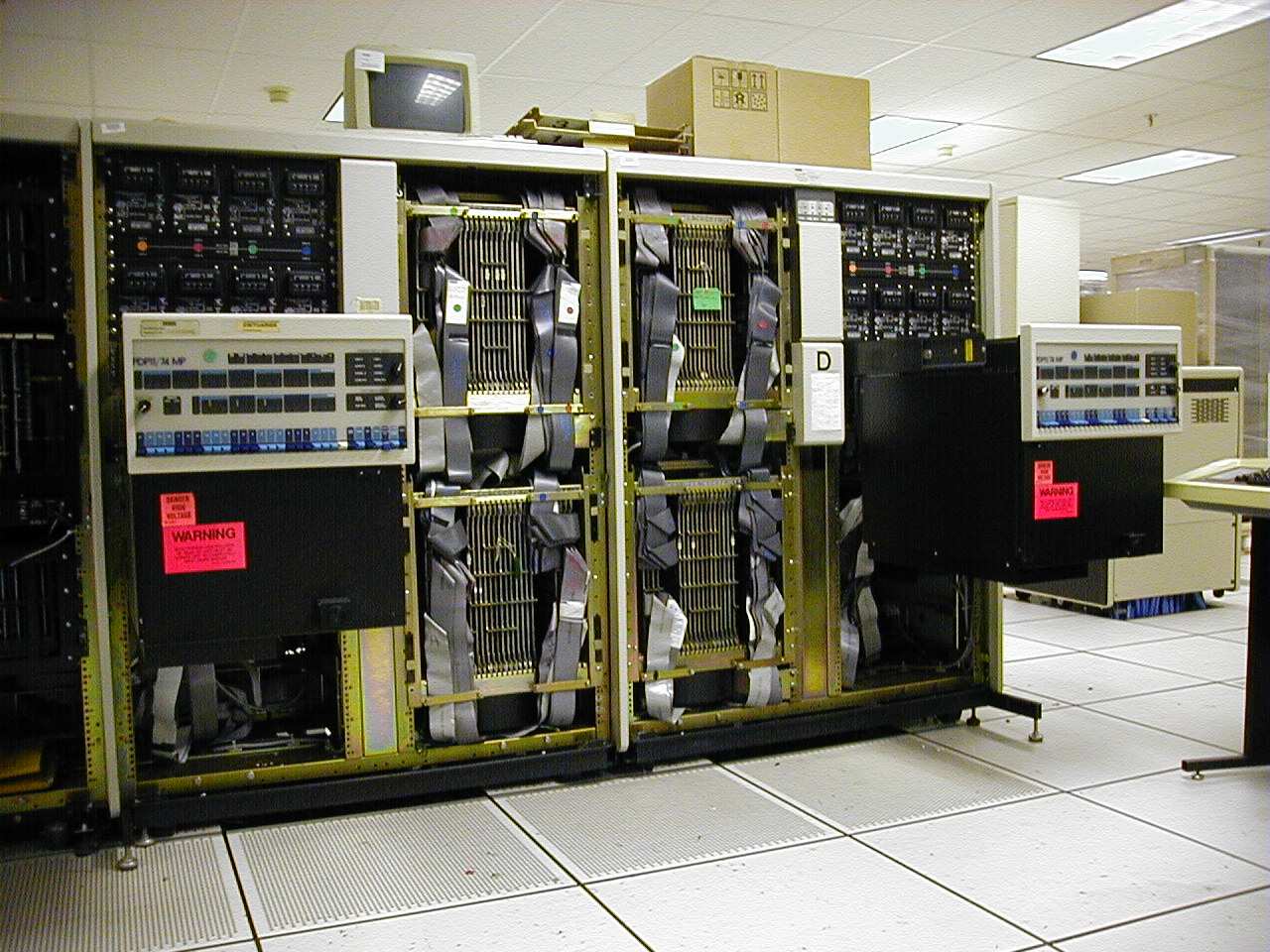retrobits
Experienced Member
I have a PDP-11 almost exactly like this one, in the same type of cabinet:
http://www.cosam.org/computers/dec/pdp11-23/
Except, instead of the blank space in the middle, there is a TU-58 dual tape drive (very light).
I'm trying to figure out if I'm going to overload my floor. The RL02 drives are 75 lbs each. I haven't been able to find weight specs on the cabinet itself, or the BA11 enclosure/power supply/card cage with the PDP-11/23 CPU and cards. (I'm ignoring the weight of the cards themselves for this estimate.) The cabinet is currently resting on a 4' x 2' piece of half-inch plywood, in order to better distribute its weight, and to save the carpet and flooring from permanent dents.
I've heard that typical residential wood floors in the US are made to handle about 40 lbs/square foot, obviously with other factors such as distance from a load bearing wall, etc. being taken into account. I've got to be pretty close to that if not above it - hence my concern.
If anyone has any insight, it would be much appreciated!
Thanks,
- Earl
http://www.cosam.org/computers/dec/pdp11-23/
Except, instead of the blank space in the middle, there is a TU-58 dual tape drive (very light).
I'm trying to figure out if I'm going to overload my floor. The RL02 drives are 75 lbs each. I haven't been able to find weight specs on the cabinet itself, or the BA11 enclosure/power supply/card cage with the PDP-11/23 CPU and cards. (I'm ignoring the weight of the cards themselves for this estimate.) The cabinet is currently resting on a 4' x 2' piece of half-inch plywood, in order to better distribute its weight, and to save the carpet and flooring from permanent dents.
I've heard that typical residential wood floors in the US are made to handle about 40 lbs/square foot, obviously with other factors such as distance from a load bearing wall, etc. being taken into account. I've got to be pretty close to that if not above it - hence my concern.
If anyone has any insight, it would be much appreciated!
Thanks,
- Earl



